Work packages
The BBSM project is organised around ten corresponding work packages. These WPs may, however, be arranged into different groups or phases that are compatible and follow each other:
- A : Best Practice (WP1)
- B : Metabolism and Pathways (WP2, WP3, WP4)
- C : Conceptual, Technical and Legal Aspects (WP5, WP6, WP7)
- D : Outcomes, Implications and Tools (WP8, WP9, WP10)
The WPs are illustrated and described below. (cliquez sur l’image pour obtenir des informations détaillées)
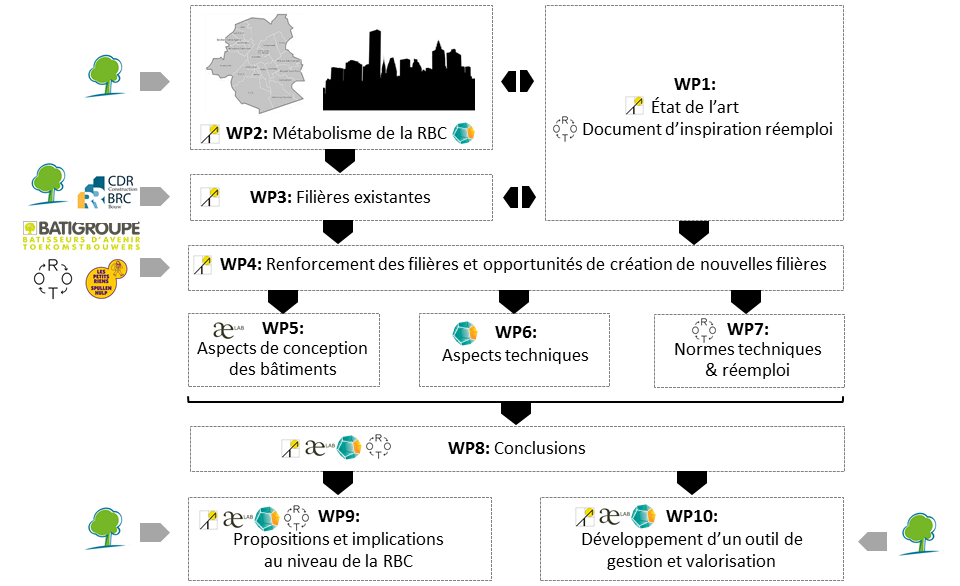
WP1: Best Practice (UCL) and Ideas Document (Rotor)
This WP, headed by the Architecture and Climate team and the Rotor not-for-profit organisation, embraces two distinct tasks: best practice and drawing up an ideas document devoted to developing re-use pathways.
WP1.1 – Best Practice ![]()
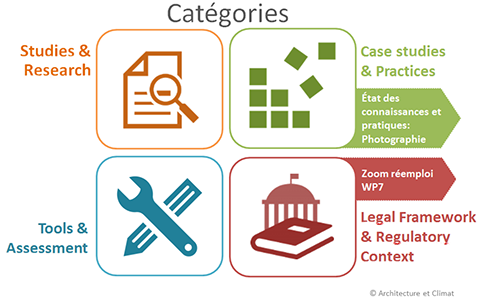 Best practice aims: (i) to highlight all the references related to the BBSM research project, both in the RBC and neighbouring regions and countries; and (ii) to identify current practices in architectural design, site waste management and decommissioning / dismantling in order to properly address the needs (and shortcomings) of the sector in the RBC regarding waste management.
Best practice aims: (i) to highlight all the references related to the BBSM research project, both in the RBC and neighbouring regions and countries; and (ii) to identify current practices in architectural design, site waste management and decommissioning / dismantling in order to properly address the needs (and shortcomings) of the sector in the RBC regarding waste management.
WP1 – Best Practice is tackled in three distinct but complementary sections :
- A literature review (bibliography) is carried out and inventoried using a referencing management tool. This work will evolve continuously throughout the project.
- A shared glossary for all partners has been developed.
- Interviews have been conducted with actors in the field to draw up a preliminary overview of the state of knowledge and practice for managing C & D waste. Meetings have been held with fifteen architecture firms and ten construction companies (this was not a statistical analysis but was designed to “take the temperature” among certain actors in the sector regarding waste, materials and end-of-life recovery).
WP1.2 – Ideas Document ![]()
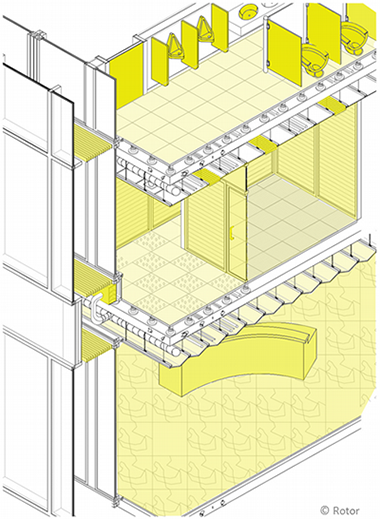 The purpose of the ideas document is two-fold: (i) to present an inventory of current practices and trends in re-use; and (ii) to pinpoint potential leads for expanding the sector. The document is aimed at consortium partners (with a view to setting common objectives) and a wider audience: all those involved in re-using and managing materials in some capacity. The question of re-use is addressed from various angles: a history of demolition and re-use practices; a review of current debates and developments; and an appraisal of potential development opportunities for the sector. The document is organised into 10 chapters with three main sections:
The purpose of the ideas document is two-fold: (i) to present an inventory of current practices and trends in re-use; and (ii) to pinpoint potential leads for expanding the sector. The document is aimed at consortium partners (with a view to setting common objectives) and a wider audience: all those involved in re-using and managing materials in some capacity. The question of re-use is addressed from various angles: a history of demolition and re-use practices; a review of current debates and developments; and an appraisal of potential development opportunities for the sector. The document is organised into 10 chapters with three main sections:
- The first section details the arguments on the advantages of re-use. It seeks to highlight the historical transition that occurred around 1930 from a construction economy centring on re-use to practices based exclusively on destructive demolition.
- The second section is devoted to presenting the main trends featured in the literature and discussions on re-use.
- The third and final section is more forward-looking and programmatic. It offers a series of practical recommendations for developing public re-use policies.
WP2: RBC Metabolism (UCL) and Comparison with Site Data (CSTC)
WP2.1 – RBC Metabolism ![]()
 This WP is divided into three distinct parts.
This WP is divided into three distinct parts.
The first part consists of a typological identification and analysis of the building stock at regional level, focusing on the housing and office space that is particularly representative of the Brussels area. The aim is to understand how the building stock has evolved, how it is organised, what it consists of and the main trends. Analysing the built typologies is an essential first step for devising suitable recovery strategies, since these will depend heavily on building techniques and the types and quality of the materials used during construction. This is, therefore, a preliminary step in the bottom-up approach to metabolism proposed by the BBSM project.
The objective of the second part of this WP is to define different scenarios for working on the building stock (demolition, reconstruction or renovation) to improve its energy performance in accordance with the region’s objectives and challenges. These scenarios will directly influence the nature and quantity of the materials consumed (the inflow) and rejected (outflow) by upgrading or renewing the building stock (addressed in the third section).
The third section is designed to identify and quantify the repository of materials found in the building stock in Brussels (defined on the basis of the typological analysis), together with the material flows generated by the various intervention scenarios under consideration. The study of the material repositories and building stock flows is used to enhance our understanding of Brussels’ urban metabolism (which has been sketchy and / or incomplete until now) in one particular sector: construction. Compared to a top-down approach, the suggested method results in a more detailed and more precise flow analysis. The aim of this method is two-fold: (i) to ascertain the impact of interventions on the region’s material stock (urban mining); and (ii) to support WP3 and WP4 by identifying and quantifying “key” flows generated by the different intervention proposals.
WP2.2 – Data from Construction Sites ![]()
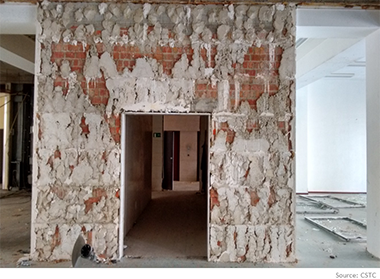 The data collected earlier from estimating repositories and flows will be compared with the data observed and counted in the field by monitoring five sites. This tracking, which will be carried out by the CSTC, will also aim to study the management of C & D waste on site and to identify problems, practices and techniques for demolishing and dismantling. This work complements the other WPs (WP1, WP3 and WP4) in terms of the collected data necessary for extrapolating flow, processing channels (existing or to be created), deconstruction techniques, etc.
The data collected earlier from estimating repositories and flows will be compared with the data observed and counted in the field by monitoring five sites. This tracking, which will be carried out by the CSTC, will also aim to study the management of C & D waste on site and to identify problems, practices and techniques for demolishing and dismantling. This work complements the other WPs (WP1, WP3 and WP4) in terms of the collected data necessary for extrapolating flow, processing channels (existing or to be created), deconstruction techniques, etc.
The inflows and outflows for each tracked site will be determined by analysing the site documents (quantity surveys, pre-demolition inventories, estimates, waste quantification, etc.). For each of the outflows (overstock, implementation failures, renovation / demolition waste), the existing pathways will be evaluated. For inflows, the materials for which end-of-life treatment pathways do not currently exist will be highlighted. At present, a first worksite for demolishing an office is being monitored.
WP3. Existing Pathways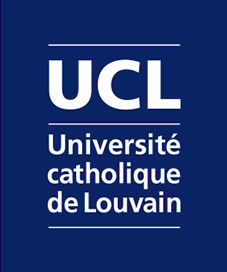
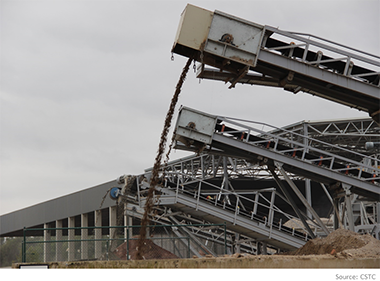 All existing pathways in the RBC will be identified and detailed: from on-site sorting of the different flows to recovery channels: re-using materials, building elements and equipment; repairs (including cleaning with a view to re-use); recycling (up / down) materials, component elements and equipment; and thermal recovery for landfill avoidance.
All existing pathways in the RBC will be identified and detailed: from on-site sorting of the different flows to recovery channels: re-using materials, building elements and equipment; repairs (including cleaning with a view to re-use); recycling (up / down) materials, component elements and equipment; and thermal recovery for landfill avoidance.
The work consists of collecting information on the various recycling and recovery centres and translating the data into maps (on Google Maps, for example, or see the ROTOR Opalis.be platform of dealer networks). This exercise also makes it possible to identify the pathways that are currently “missing” as well as possibilities for creating niche pathways (volumes, types of waste recovery, types of actors involved).
WP4. Strengthening Pathways and Opportunities for Creating New Pathways
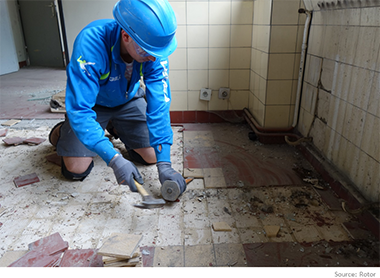 Based on the analysis of the RBC metabolism and existing pathways, together with the situation in neighbouring regions and countries, this step consists of: (i) strengthening existing pathways; and (ii) examining opportunities for creating new pathways, by for example:
Based on the analysis of the RBC metabolism and existing pathways, together with the situation in neighbouring regions and countries, this step consists of: (i) strengthening existing pathways; and (ii) examining opportunities for creating new pathways, by for example:
- Supplementing a pathway at source by sorting waste on site instead of the company: this is the case, for instance, in Flanders with “Werfwachters” offering to sort waste for construction companies for recovery.
- Recycling materials or component elements to make a material other than the original.
- Developing innovative practices for dismantling existing buildings, as is the case in several countries (France, UK, Canada, Germany, Denmark, Switzerland, etc.). For instance, in Seattle in the USA, a pre-demolition inventory centring unambiguously on re-use has been made obligatory for renovating and demolishing certain types of building. There are also over 800 “retail stores” in the USA: these enterprises, which are not usually remunerated, make a living by reselling recovered materials. They also enjoy a special tax status that encourages in-kind donations. A similar type of company — Rotor Deconstruction — was recently set up in Brussels.
The entire endeavour must be non-invasive when it comes to existing re-use practices, with care taken to avoid backing measures that might stifle channels.
WP5 – Architecture: Design and Impact on Conception
 Construction is the world’s largest industry and has the greatest inertia in the face of change, involving a time scale for action of several decades. This is something that an architect has to allow for: buildings designed today must take into account the possibility that the various elements may be used for recovery in the future. Since design takes place upstream of the construction process, it is a key tool for adhering to the saying: “The best waste is zero waste”. The team from VUB ARCH (ae-lab) is involved in implementing WP5: Architectural Design as a Prevention Tool — or how to integrate the notion of time into designing buildings using the design-for-change approach that incorporates reversibility and adaptability throughout a building’s lifecycle.
Construction is the world’s largest industry and has the greatest inertia in the face of change, involving a time scale for action of several decades. This is something that an architect has to allow for: buildings designed today must take into account the possibility that the various elements may be used for recovery in the future. Since design takes place upstream of the construction process, it is a key tool for adhering to the saying: “The best waste is zero waste”. The team from VUB ARCH (ae-lab) is involved in implementing WP5: Architectural Design as a Prevention Tool — or how to integrate the notion of time into designing buildings using the design-for-change approach that incorporates reversibility and adaptability throughout a building’s lifecycle.
WP5 addresses two main issues: prevention through eco-design (or design for change) and the impact of re-use on design and execution. One of the objectives of WP5 is to teach students and professionals (architects / contractors) about the concept of design for change and to help them understand the potential obstacles (or opportunities) in implementing it. The task is based on analysing a literature review; the work carried out in WP1, WP2 and WP7; and a series of consultations with students, architects and contractors. A specific guide for architects and architecture students will be published at the end of the WP.
WP 6. Technical Aspects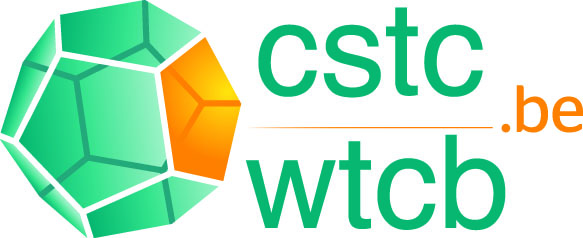
Actors in the construction industry need to know about the properties of the materials, components and equipment they use if they are to function properly. In terms of products from re-use and recycling pathways, this involves performance-setting work, including testing, technical descriptions and specific trials.
The technical and practical frameworks need to be identified in which the various waste and material flows can be recovered as products as such or as materials introduced into a recycling chain. A description of the technical framework will be drawn up for 10 key flows (Belgian and European standards; standards from other countries that already allow recycling; leaching standards or other types of environmental standards / requirements; specifications; types of tests to be modified (or not) for the recycled / recovered product; etc.). In specific terms, a more in-depth study of the practical, logistical and economic aspects will be undertaken for five flows (selected after WP4). Based on the technical framework, a viable solution must be put forward for all the relevant parties regarding business models, distribution of costs and benefits, identifying responsibilities, etc. — the actual organisation, therefore, of a recovery chain.
The result offers one document per flow describing the action plan that can be used for implementing and fostering waste recovery.
WP7 – Legal Aspects: Re-Use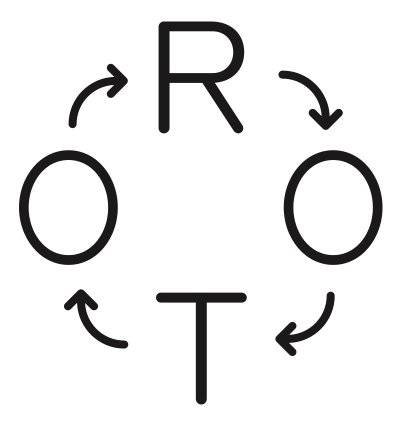
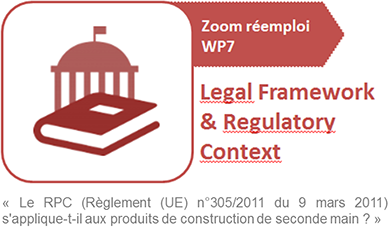 The legal uncertainty surrounding activities for re-using building elements represents a serious obstacle to developing these sectors not just in the Brussels-Capital Region but also across Europe. Actors in the re-use industry do not know exactly what legal system they are subjected to when they dismantle second-hand construction materials and re-introduce them to the market. WP7 aims to clarify the legal aspects regarding re-used building elements. More specifically, it is a question of knowing whether CPR (EU Regulation No. 305/2011), which governs the selling of construction products, applies to re-use materials. As a result, the legal analysis is based on: (i) an in-depth study of the relevant literature (which has helped clarify a number of concepts and terms whose uses, which are particularly widespread, often create confusion, in particular concerning the term “norm”); and (ii) a series of meetings with specialists (including representatives of different associations, the SPF Économie et Santé Publiques, and the CSTC). The conclusions of this legal study develop proposals for responding to the initial question. Moreover, the study highlights the advantages and importance of devising mechanisms and procedures — in collaboration with the sector’s stakeholders — for estimating and reporting the performance of re-use products in meeting the expectations of players in the construction industry (in connection with WP6).
The legal uncertainty surrounding activities for re-using building elements represents a serious obstacle to developing these sectors not just in the Brussels-Capital Region but also across Europe. Actors in the re-use industry do not know exactly what legal system they are subjected to when they dismantle second-hand construction materials and re-introduce them to the market. WP7 aims to clarify the legal aspects regarding re-used building elements. More specifically, it is a question of knowing whether CPR (EU Regulation No. 305/2011), which governs the selling of construction products, applies to re-use materials. As a result, the legal analysis is based on: (i) an in-depth study of the relevant literature (which has helped clarify a number of concepts and terms whose uses, which are particularly widespread, often create confusion, in particular concerning the term “norm”); and (ii) a series of meetings with specialists (including representatives of different associations, the SPF Économie et Santé Publiques, and the CSTC). The conclusions of this legal study develop proposals for responding to the initial question. Moreover, the study highlights the advantages and importance of devising mechanisms and procedures — in collaboration with the sector’s stakeholders — for estimating and reporting the performance of re-use products in meeting the expectations of players in the construction industry (in connection with WP6).
WP8. Societal, Environmental and Economic Outcomes
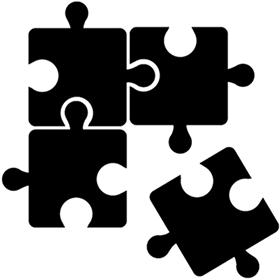 There is an environmental benefit in working towards a loop for flows in considering the region as an urban ecosystem through the identification of its metabolism (the construction industry). It is an approach that creates savings and economies in terms of resources, material production and waste production. This vision, in combination with the analysis of repositories, flows and pathways (new or strengthened), generates numerous low-skilled local jobs (in the same way as the Employment-Environment Alliance; the European Environment Bureau estimates that 860,000 jobs will be created by 2030); produces innovative companies and SMEs in the sector (encouraged by Impulse Brussels, among others); and recovers local resources. As a result, SMEs will become more competitive, with the project also supporting the transition to a low CO2 economy. The socio-economic benefits are numerous and will be highlighted by the study.
There is an environmental benefit in working towards a loop for flows in considering the region as an urban ecosystem through the identification of its metabolism (the construction industry). It is an approach that creates savings and economies in terms of resources, material production and waste production. This vision, in combination with the analysis of repositories, flows and pathways (new or strengthened), generates numerous low-skilled local jobs (in the same way as the Employment-Environment Alliance; the European Environment Bureau estimates that 860,000 jobs will be created by 2030); produces innovative companies and SMEs in the sector (encouraged by Impulse Brussels, among others); and recovers local resources. As a result, SMEs will become more competitive, with the project also supporting the transition to a low CO2 economy. The socio-economic benefits are numerous and will be highlighted by the study.
WP9. Proposals and Implications
 The aims of the analyses and global and transversal approach proposed by the combined partners are: (i) to make proposals to the RBC; and (ii) to assess the implications of the three key areas and principles advocated by sustainable development. The proposals will cover all aspects of the study: the dynamic updating of the RBC’s metabolism; the creation and strengthening of pathways; the impact on architecture and recommendations for architects; the technical aspects and various certifications; the legislative and legal aspects; the assessment of the societal, environmental and economic benefits; and the dynamic updating of the management and recovery tool.
The aims of the analyses and global and transversal approach proposed by the combined partners are: (i) to make proposals to the RBC; and (ii) to assess the implications of the three key areas and principles advocated by sustainable development. The proposals will cover all aspects of the study: the dynamic updating of the RBC’s metabolism; the creation and strengthening of pathways; the impact on architecture and recommendations for architects; the technical aspects and various certifications; the legislative and legal aspects; the assessment of the societal, environmental and economic benefits; and the dynamic updating of the management and recovery tool.
WP10. Tool for Managing and Recovering Waste as Materials
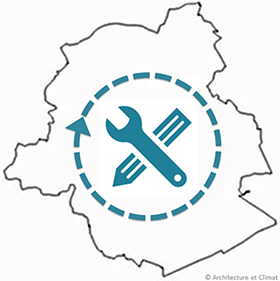 This tool aims to anticipate, plan, manage and efficiently exploit the local material resources made up by the building stock and construction industry in the Brussels-Capital Region. The proposed tool is unique in that it does not simply design an interface for calculating and managing waste; it also situates waste production and material consumption units (i.e. construction sites) in a metabolic approach in line with the project’s overall methodology. In other words, the idea behind the tool goes beyond merely identifying the types and quantities of flows generated on a site; it will facilitate the recovery of end-of-life materials in the form of material resources by creating networks and supporting short circuits.
This tool aims to anticipate, plan, manage and efficiently exploit the local material resources made up by the building stock and construction industry in the Brussels-Capital Region. The proposed tool is unique in that it does not simply design an interface for calculating and managing waste; it also situates waste production and material consumption units (i.e. construction sites) in a metabolic approach in line with the project’s overall methodology. In other words, the idea behind the tool goes beyond merely identifying the types and quantities of flows generated on a site; it will facilitate the recovery of end-of-life materials in the form of material resources by creating networks and supporting short circuits.
The tool is intended for all partners involved in waste management and recovery processes: not just architects and construction and demolition companies but also SMEs working in recovery, re-use, repair and recycling, together with planning stakeholders and the Brussels authorities.
